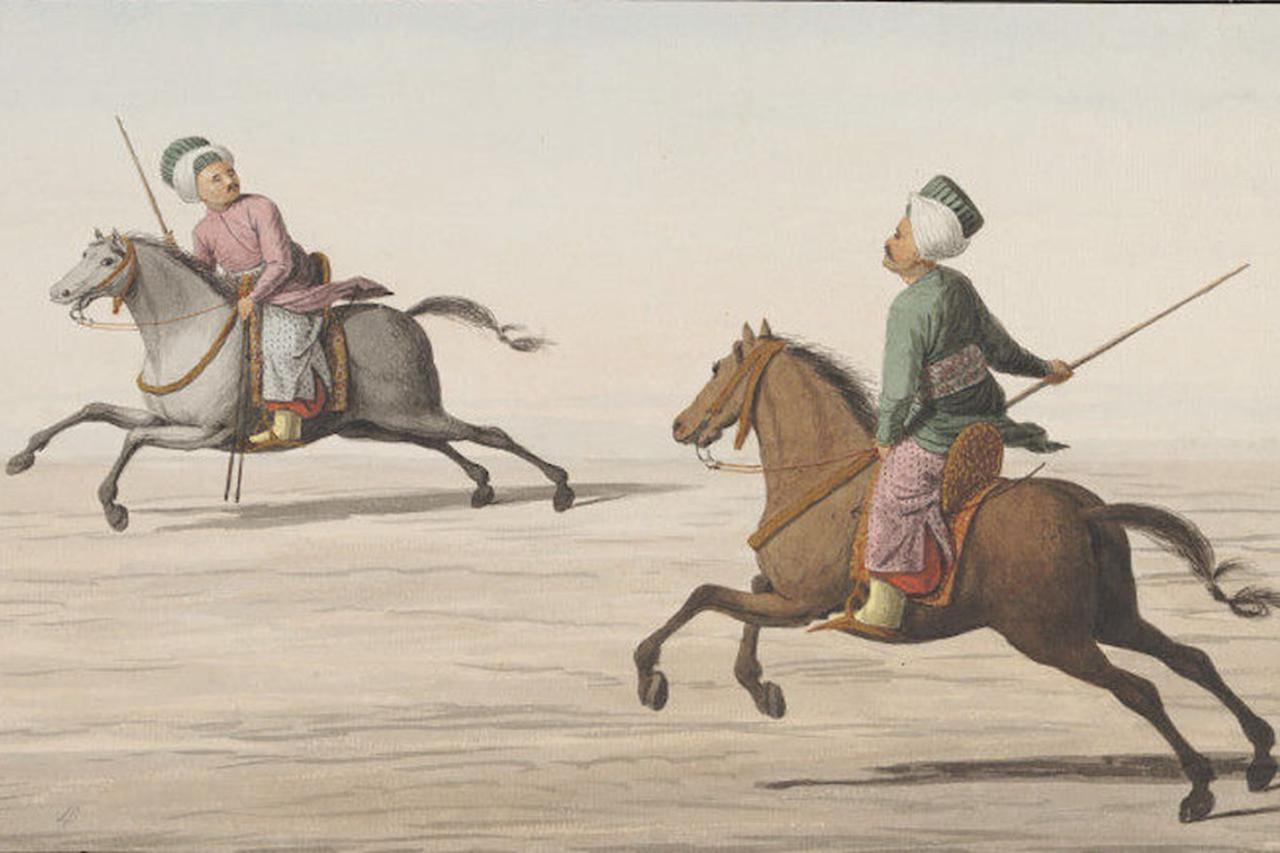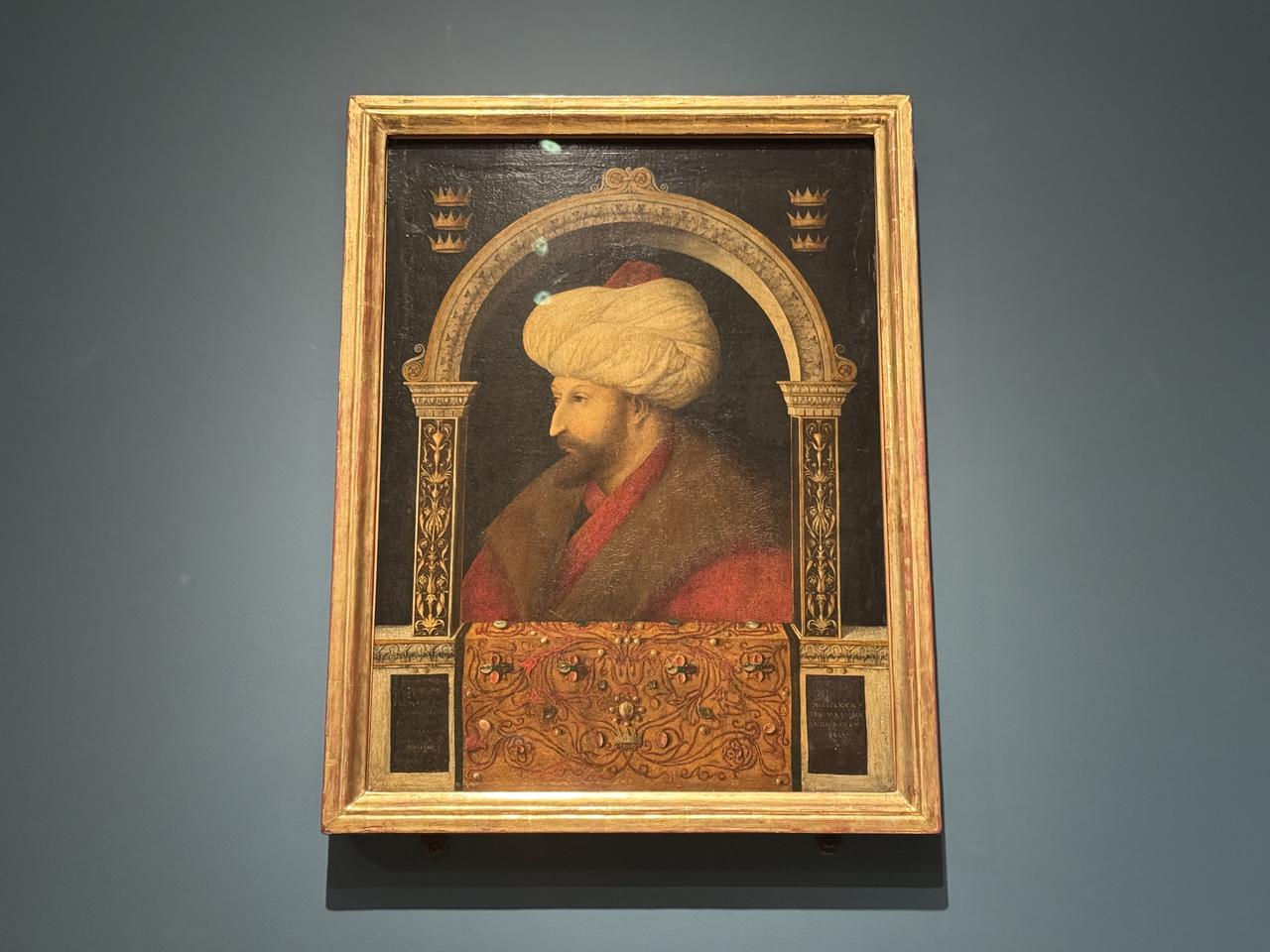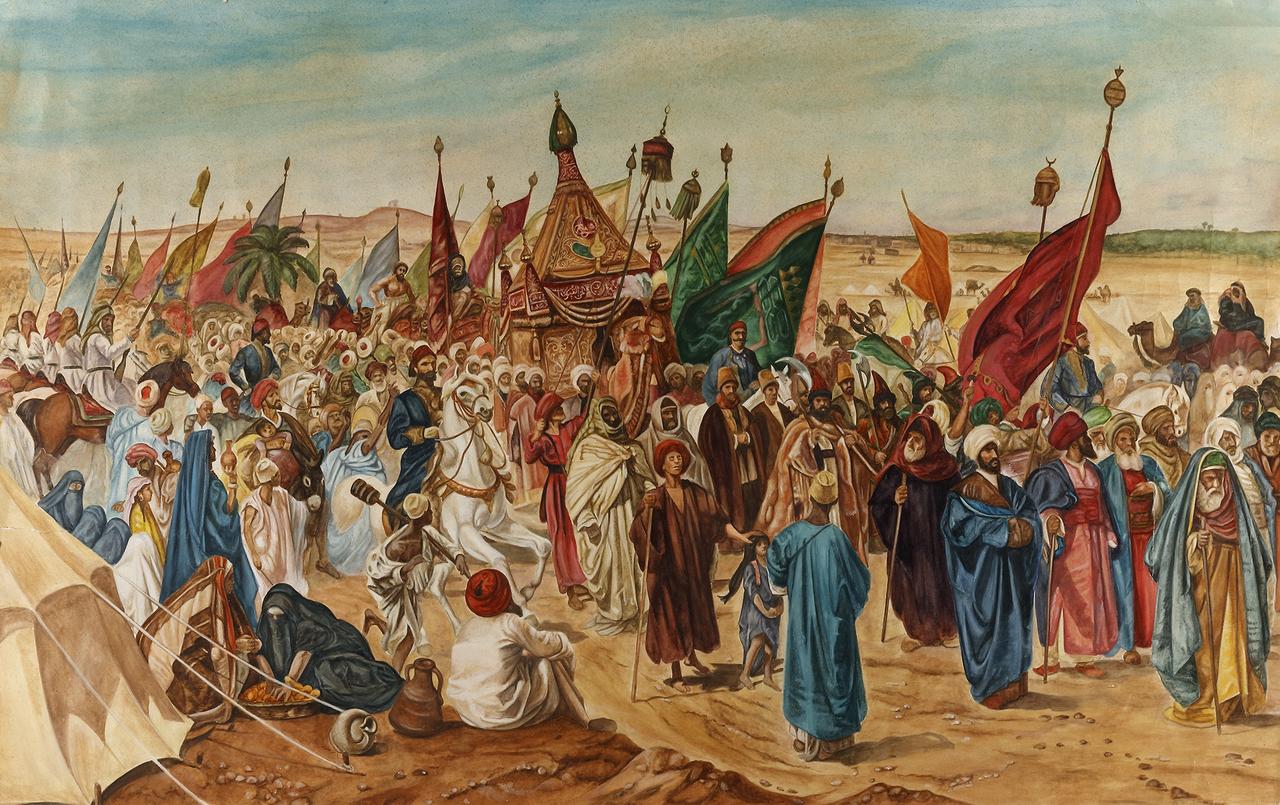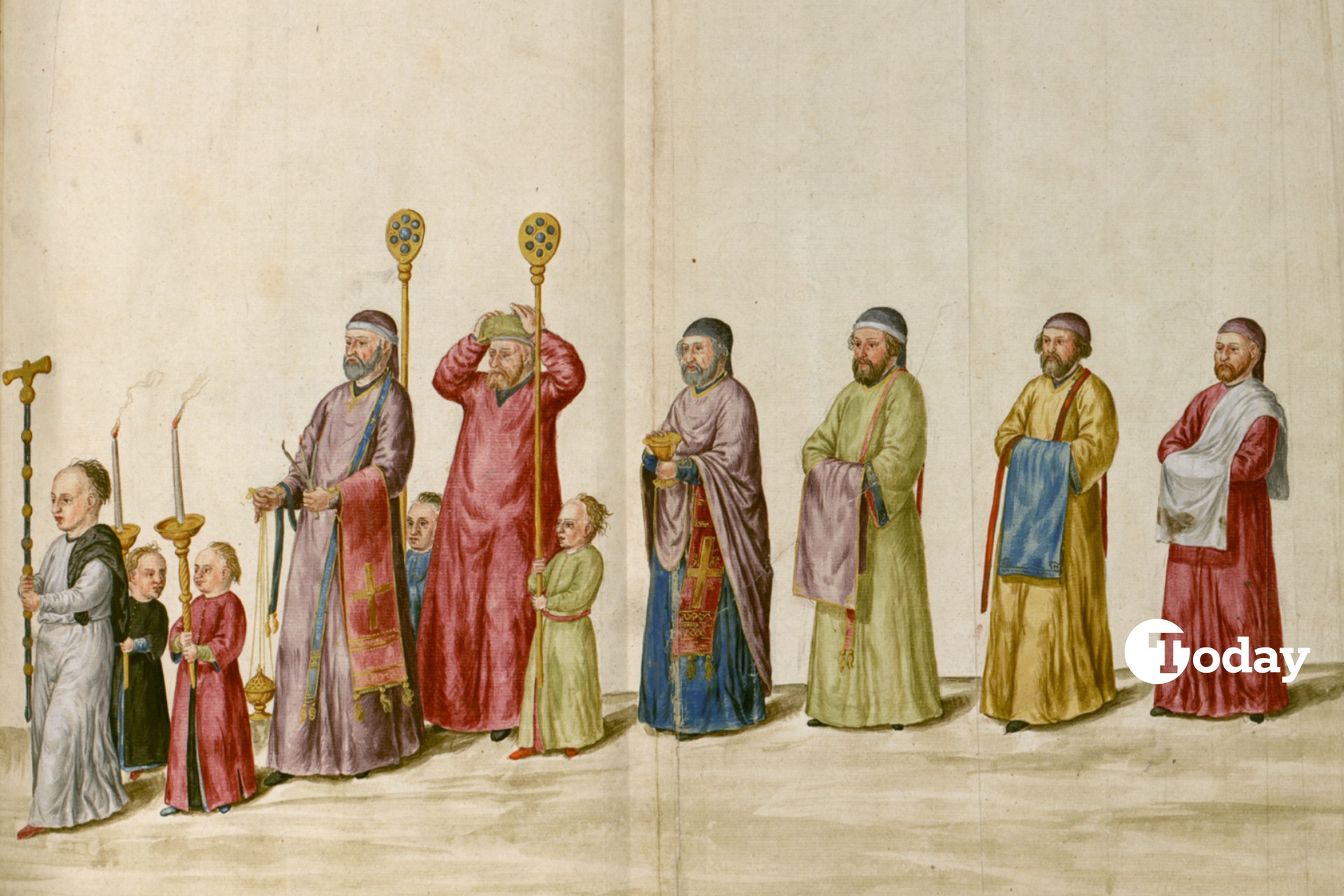
In Turkic societies, there was no established system for selecting the head of state. Every member of the dynasty had the right to become the head of state. This has constantly led to chaos throughout history. According to Oghuz tradition, it's said that the state was the common property of the dynasty.
However, this is incorrect. What was common was not the state itself, but its governance. According to Turkic tradition, the state was jointly administered by dynastic members.
The absence of a system for selecting the head of state in all Turkic states preceding the Ottoman Empire continuously resulted in succession struggles. Generally, dynastic members were not harmed as long as they didn't rebel. Those who rebelled were often pardoned.
However, this situation led to the deaths of tens of thousands of people.
When the Great Seljuk Empire was founded, Tugrul Bey became the ruler, but the country was administered by dividing the governance into domains among dynastic members. During Tugrul Bey's time, his brother Ibrahim Yinal rebelled. Later, Sultan Alparslan, who ascended the throne, had to contend with his brother Kavurd Bey, his father's uncle Musa Yabgu, and his cousin Kutalmis Bey. During the Great Seljuk period, princes were not killed as long as they did not rebel.
In the Seljuks of Rum, princes were initially not harmed unless they rebelled. However, rebellions and succession struggles in Anatolia seemed endless. Unlike previous periods, there were rulers in the Seljuks of Rum who killed princes who had not rebelled.
When Murad I of the Ottoman Empire ascended the throne in 1362, he had two brothers named Halil and Ibrahim. After regaining Ankara, which had fallen out of Ottoman control, the sultan moved toward Eskisehir and eliminated his rebellious brothers in that region.
After Murad I, Bayezid I, known as Yildirim Bayezid, had his brother Yakup Celebi killed on the battlefield. His brother had not been in a state of rebellion. After Yildirim's death, the Ottoman Interregnum (1402-1413) was a period of very bitter experiences for the Ottomans. Yildirim's four sons fought each other for 11 years. The Ottoman lands were fragmented. This period laid the groundwork for the legitimization of fratricide in the Ottoman Empire.
Even after Mehmed I (Celebi Mehmed) eliminated his brothers and ascended the throne, problems didn't end. His brother, Mustafa Celebi, who had been taken prisoner by Timur, reappeared. After being defeated by Mehmed I, Mustafa Celebi sought refuge in Byzantium and became a threat to Ottoman rule.
When Mehmed I died in 1421, his death was kept secret for a long time due to fears that his brother, Mustafa Celebi, who was in Byzantine custody, might once again become active. When the news of his death became public, Mustafa Celebi, released by Byzantium, gained control of all Rumelia.
Murad II, who defeated his uncle through the clever policies of his viziers, killed his two young brothers, Yusuf and Mahmud, by having them blinded.
He did not harm his brother, Mustafa, who was a sancakbeyi (provincial governor) in Hamidili. However, when Mustafa Celebi rebelled as a result of provocations from the Anatolian beyliks, he was captured and killed. Every living prince posed a threat to the Ottoman Sultanate.

When Mehmed II ascended the throne, the Ottoman Empire had not yet fully recovered from the upheavals of the Interregnum. Prince Orhan, possibly the son of Mehmed I, remained a potential threat in Byzantine hands. As soon as Mehmed II came to power, he had his only living brother, Prince Ahmed, who was still in swaddling clothes, killed.
Sultan Mehmed II unified the Ottoman Empire with the conquest of Istanbul, ending the chaos that had continued since 1402. Sultan established and codified the state and palace organizations.
Fatih, who had the state organization's legal code written, also included an article concerning succession to the throne: "And to whomever among my sons the sultanate may pass, it is fitting for the order of the world that he should kill his brothers. Most of the ulema (scholars) have also sanctioned this. Let them act accordingly."
Sultan Mehmed the Conqueror was not the first sultan to introduce fratricide. Before his reign, all his ancestors, except for Osman and Orhan Gazi, had killed their brothers. Sultan Mehmed II merely legitimized the existing practice. In doing so, he particularly relied on the Ottoman state experience gained during the Interregnum.
The justification for the article Fatih had inserted into the legal code became clear immediately after his death. After Mehmed II's death, the struggle between his two sons, Bayezid II and Cem Sultan, lasted for years.
Cem Sultan, who lost the struggle, fell into the hands of Christians and influenced the Ottoman Empire's foreign policy for years.
The early years of Sultan Selim I's reign witnessed the peak of fratricidal struggle for the throne. From the reign of Selim II (1566-1774) onward, the practice of appointing princes other than the eldest as governors was abolished. This ended the succession struggles.
However, the Ottoman sultan who ascended the throne still had his brothers, who had no opportunity to rebel, killed.
When Ahmed I ascended the throne in 1603, he was 15 years old and had no children. Therefore, unlike the ascensions of previous sultans, his brother, Mustafa, was not killed.
When Ahmed I died in 1617, by agreement of the state's leading figures, it was the deceased sultan's living brother, Mustafa, then 14 years old, who was put on the throne, not his eldest son, Osman.
Until this time, the sultanate passed from father to son, but now the eldest member of the family (the Akbariyet system) began to ascend the throne.
Thus, a new method began in the Ottoman succession system. However, fratricide did not end immediately. Sultans viewed their brothers as a danger to themselves as long as they lived.
Indeed, the soldiers used living princes as a threat over the sultans, and thus, rulers had their brothers killed whenever they found an opportunity.
Mehmed IV (1648-1687) tried to kill his brothers, but leading figures of the state, especially the valide sultan (queen mother), prevented him. With the failure of Mehmed IV's attempts, the era of fratricide came to an end.

Fratricide, especially the killing of young princes, seems barbaric to us today. However, everything must be evaluated within the context of its time.
The fratricide experienced in the Ottoman Empire is an issue throughout the entire history of the Turks. At its root lies the absence of a system for selecting the head of state and the failure to establish an institution of heir apparent.
To eliminate fratricide, a system of succession needed to be established. This succession system could not be formed for a long time, but from the early 17th century onward, the Akbariyet system, meaning the ascension of the eldest member of the dynasty to the throne, was achieved.
However, the imprisonment of princes in apartments called "simsirlik" (cage-like apartments) within the palace brought about negative consequences.
A significant portion of the sultans who grew up in palace imprisonment, without knowing life and state administration, became weak figures.
The legitimization of fratricide and the killing of princes without them even rebelling placed the Ottomans in a unique position within all of Turkic history.
Thanks to this, unlike previous Turkic states, the Ottomans did not experience fragmentation. When Turkic history is examined, it is seen that states have fragmented as a result of succession struggles. By ensuring their unity and establishing a single monarchical authority, the Ottomans thus founded a state that endured for centuries.
A negative event, namely, fratricide, became one of the most important cornerstones in the realization of a great empire that would last for 600 years.

In Ottoman history, in addition to fratricide, princes who tried to share the sultanate were also killed. The first princely rebellion occurred very early, during the time of Murad I (1362-1389).
A very interesting rebellion took place during this period. In 1385, Murad I embarked on a campaign to Anatolia to discipline the rebellious beys.
Byzantine Emperor John V Palaiologos was also with Sultan Murad, as per their friendship treaty. While the Byzantine emperor and the Ottoman ruler were on campaign, Savci Bey, Murad's son, and Andronikos, the son of the Byzantine emperor, took advantage of the situation and rebelled together.
They believed their fathers had just crossed into Anatolia and that by the time they returned, they would have already taken control. However, their plans went awry. Murad I, following the situation, had taken precautions. He immediately returned and suppressed the rebellion.
Murad I demanded that the Byzantine Emperor John V Palaiologos blind his rebellious son. Although the emperor was not in favor of this, out of fear of the sultan, he had his son and grandson blinded.
However, because he applied the hot iron lightly, only one of Andronikos's eyes was blinded. Murad I also had Prince Savcı Bey's eyes blinded, but he could not stomach his son's actions. Ultimately, he had his son strangled.
The only prince who successfully rebelled against his father was Sultan Selim I. Although he had lost the struggle with his father, he ascended the throne due to pressure from the military.
Suleyman the Magnificent ascended the throne easily, as he had no brothers. However, as he aged and stopped going on campaigns, rumors began. Those around the princes incited them, claiming they would be better rulers than their father. As a result, Suleyman had his sons, Prince Mustafa and Prince Bayezid, killed.
During the reign of Mehmed III, an interesting development occurred. Prince Mahmud, who had been actively trying to replace his father by establishing contact with external parties, was strangled to death.